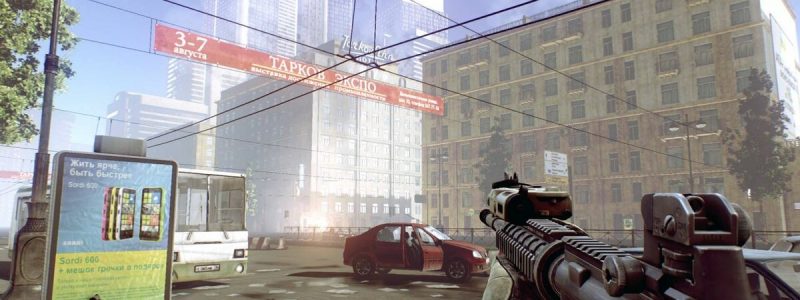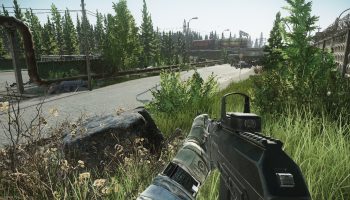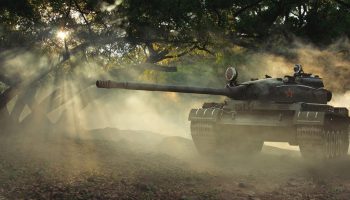As we all know resources in this game can be a bit opaque and difficult to find as far as information on how exactly equipment works is concerned. 3rd party ammo charts, convoluted mechanics requiring a 30 minute video to explain and demonstrate properly, that sort of thing. I spend a lot of time trying to understand every facet of the game because when it comes down to it, I'm not a good enough shooter to win out most of the time if I don't have a numerical advantage.
That said, I was curious what, exactly, armor materials offered last night, as I'd never heard any of the more popular gear guides talking about what exactly they did. So I went looking, and I found
I was a bit blown away that a chart keeping all this information easily accessible (and updated) didn't already exist (or at least I couldn't find it), so I went ahead and did it myself. My formatting kind of sucks, so if anyone wants to take the information and make it pretty I don't mind at all.
Here's the link:
As for how I built the chart, I used the multipliers listed on NoFoodAfterMidnight's website (linked above) and pulled information largely from the wiki, though a few items I had to double check in game as they were missing certain stats. Armor and Armored Chest Rigs (Marked in blue) are both grouped in the same tab. Additionally, all helmet attachments are placed in the same tab as their host items. This is to allow you to compare something like the Ronin to a Vulkan+face shield directly, without needing to build new entries for each setup. Visors are marked in blue, other attachments are marked in green. Every piece displays what part of the body it protects, and helmets display ricochet chance and sound reduction. Helmet Attachments have blacked out sections to denote they can only be equipped when using an item that already covers those spaces.
Some interesting things to note:
-Despite having fantastic mobility stats, the AVS plate carrier is likely to absorb more rounds than any other class 4 armor besides the Trooper armor or Ars.
-The Trooper armor is largely useless with the introduction of the Ars Chest Rig. Even if someone wanted to run without stomach protection, its only competitive value is slightly less ergo penalty and possibly value, depending on how much it's going for at the time.
-Despite being the only class 5 carrier, the Tactec is the worst armor available in its class, with the lowest true durability and no stomach protection, unique among class 5 armor.
-The LSHZ-2DTM face shield can absorb more damage than both the new MSA class 4 helmets, and the Aventail absorbs more than an Altyn.
-The SLAAP is actually fairly valuable, providing nearly as much absorption as the FAST itself, on top of its extra protection.
-The Ronin is actually not completely awful. It's still bad, but it does technically absorb nearly twice as much punishment as an LZSh Light Helmet. Low Ricochet chance and class 3 plates makes it a very expensive sponge that doesn't really tackle the big mess though.
-Because of material differences between the ACHHC and the ULACH, the ULACH is fairly significantly better.
-Vulkan-5 Face Shields are extremely durable despite being glass.
TL;DR Armor durability is a lie, made a spreadsheet.







